- VMware
- VMware vCenter Server (VCSA), VMware vSphere
- 31 January 2025 at 12:25 UTC
-

- 1/3
Using SNMP, you can easily monitor your VMware vCenter Server Appliance (VCSA) server, as well as your VMware ESXi hosts from one place.
For this, in this tutorial, we will use the "ManageEngine OpManager" program which can be downloaded very easily and which supports monitoring of VMware servers.
- Download MangeEngine OpManager
- Enable SNMP v1/v2c protocol on VMware vCenter Server Appliance (VCSA)
- Enable SNMP v1/v2c protocol on VMware ESXi
- Install ManageEngine OpManager
- Configure ManageEngine OpManager
- Alarms
1. Download MangeEngine OpManager
On the "VMware Monitoring Software | VMware Performance Metrics - ManageEngine OpManager" page of the ManageEngine website, you will see that you can monitor your entire VMware infrastructure with their "OpManager" program.
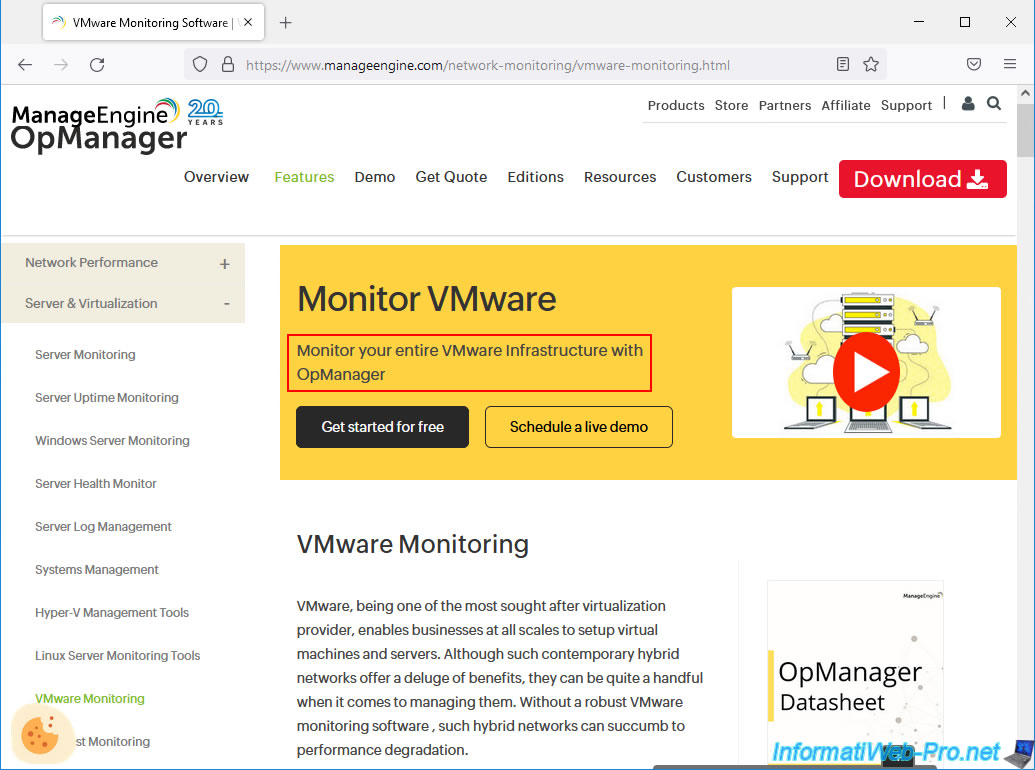
Download the 30-day trial version of this "ManageEngine OpManager" program.
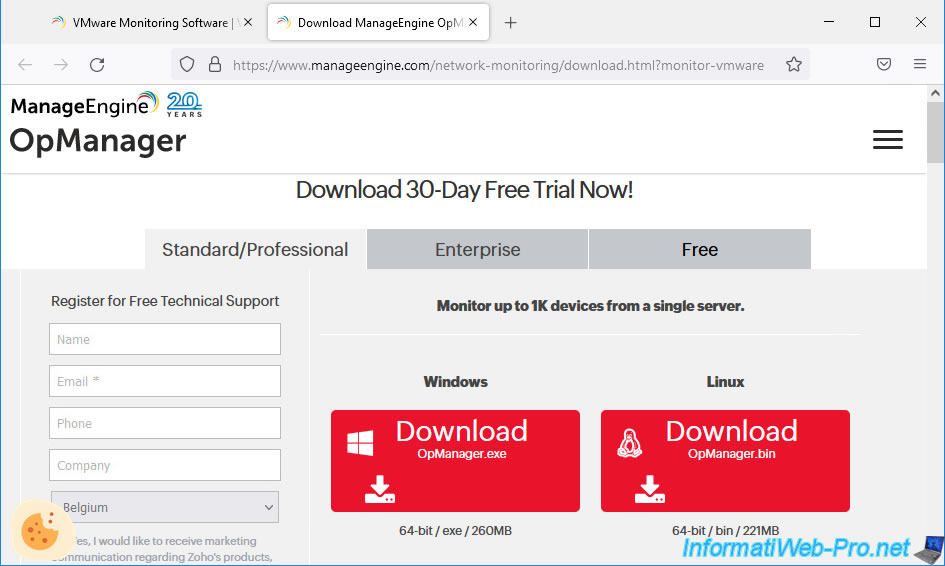
2. Enable SNMP v1/v2c protocol on VMware vCenter Server Appliance (VCSA)
Before you can monitor your VMware vCenter Server Appliance (VCSA), you must first enable SNMP on it.
To do this, start by activating the SSH protocol on it if it is not already done.
Activating SSH on VCSA is possible via the "Appliance Management" page accessible via HTTPS on port 5480 of your VCSA server.
If necessary, refer to our tutorial: VMware vSphere 6.7 - Enable SSH protocol on VCSA.
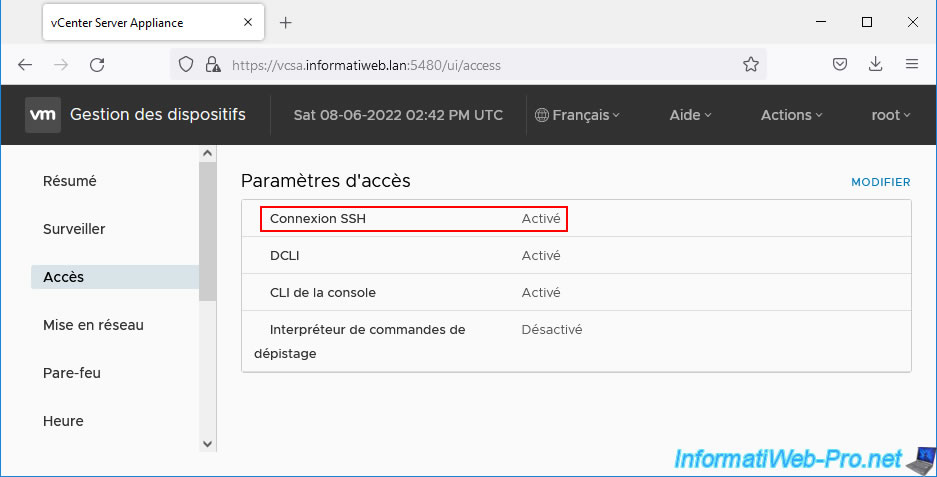
Then, connect by SSH to your VCSA server using PuTTY (for example).
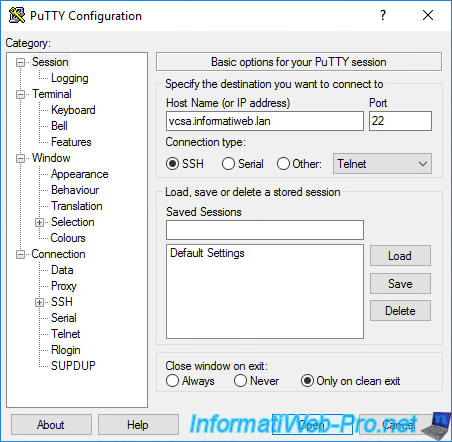
Log in as "root".
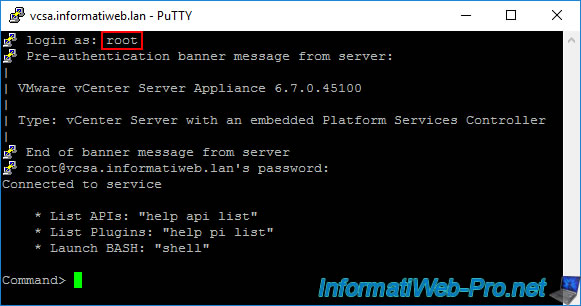
Once logged in as root, you can view the current configuration of the VCSA SNMP service using the command:
Bash
snmp.get

To get started, you need to create a new SNMP community.
This allows you to group devices and management systems together. These will then be able to communicate via SNMP with your VCSA server.
In our case, we will name this community: SnmpCommunity.
Bash
snmp.set --communities SnmpCommunity
Then, authorize your future management server (the one where you will install "ManageEngine OpManager") by indicating its IP address and the SNMP community in which you wish to add it.
In our case, our server "me-opmanager" has the IP address "10.0.0.16" and we place it in the "SnmpCommunity" community.
Bash
snmp.set --targets 10.0.0.16@161/SnmpCommunity
Enable the SNMP service:
Bash
snmp.enable
View the SNMP configuration of your VCSA server:
Bash
snmp.get
Which will display this:
Plain Text
Config:
Syscontact: ''
Loglevel: warning
Port: 161
Enable: True
Privacy: none
Syslocation: ''
Users:
V3targets:
Processlist: False
Pid: 1296
Engineid: 80001adc80f9f2bc437573ed6200000000
Communities: SnmpCommunity
Authentication: none
Targets:
1:
Community: SnmpCommunity
Port: 161
Ip: 10.0.0.16
Notraps: ''
Remoteusers:
To test sending an SNMP notification, use the command:
Bash
snmp.test
Which will display this:
Plain Text
Results: Success: True Message: A warmStart notification was sent to 1 target.
Source : Configure the vCenter Server Appliance for SNMP v1 and v2c - VMware Docs.
3. Enable SNMP v1/v2c protocol on VMware ESXi
Although ManageEngine OpManager will be able to automatically detect your VMware ESXi hosts linked to your VMware VCSA server, it is still necessary to manually enable and configure the SNMP service on them.
Preferably, specify the same SNMP configuration on all your VMware ESXi hosts. Note that the SNMP community used can be different from your VCSA server if you wish, but the important thing is that it is the same on all your VMware ESXi hosts.
As before, configuring the SNMP service under VMware ESXi is only possible via command line.
You will therefore need to enable the SSH protocol on your VMware ESXi hosts.
To do this, start the "TSM-SSH" service on them.
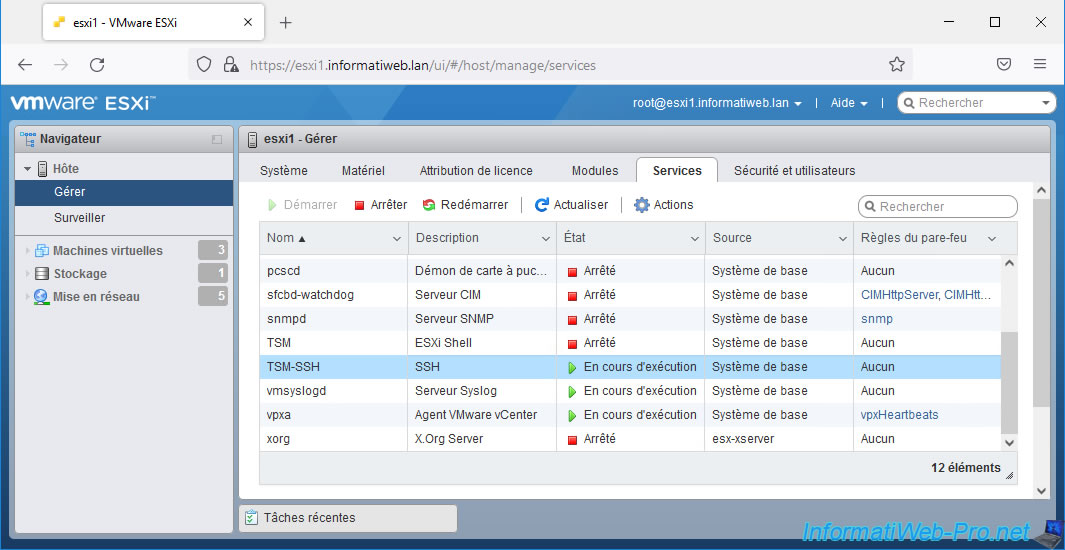
Then SSH into them using PuTTY again (for example).
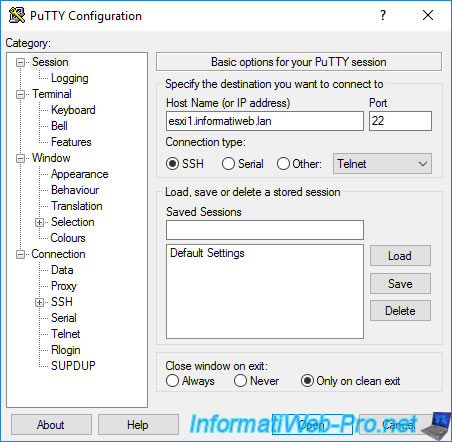
Log in as "root".
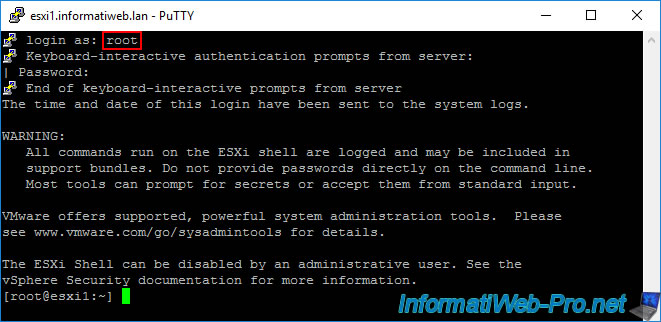
To activate and configure the SNMP service on VMware ESXi, the method is almost the same.
Only the syntax of the commands changes.
To view the current SNMP service configuration, type the command:
Bash
esxcli system snmp get
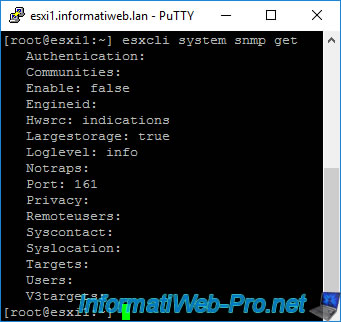
Create an SNMP community. In our case, we used the same name as before.
Bash
esxcli system snmp set --communities SnmpCommunity
Allow access to this VMware ESXi host by specifying the IP address of your management server (where you will install "ManageEngine OpManager").
Bash
esxcli system snmp set --targets 10.0.0.16@161/SnmpCommunity
Enable the SNMP service.
Bash
esxcli system snmp set --enable true
View the SNMP service configuration.
Bash
esxcli system snmp get
Which will display this:
Plain Text
Authentication: Communities: SnmpCommunity Enable: true Engineid: 00000063000000a100000000 Hwsrc: indications Largestorage: true Loglevel: info Notraps: Port: 161 Privacy: Remoteusers: Syscontact: Syslocation: Targets: 10.0.0.16@161 SnmpCommunity Users: V3targets:
Test sending an SNMP notification:
Bash
esxcli system snmp test
Which will display this:
Plain Text
Comments: There is 1 target configured, send warmStart requested, test completed normally.
Source : Configure ESXi for SNMPv1 and SNMPv2c - VMware Docs.
If you look at the list of services on your VMware ESXi host, you will see that the "snmpd" service (SNMP Server) is running.
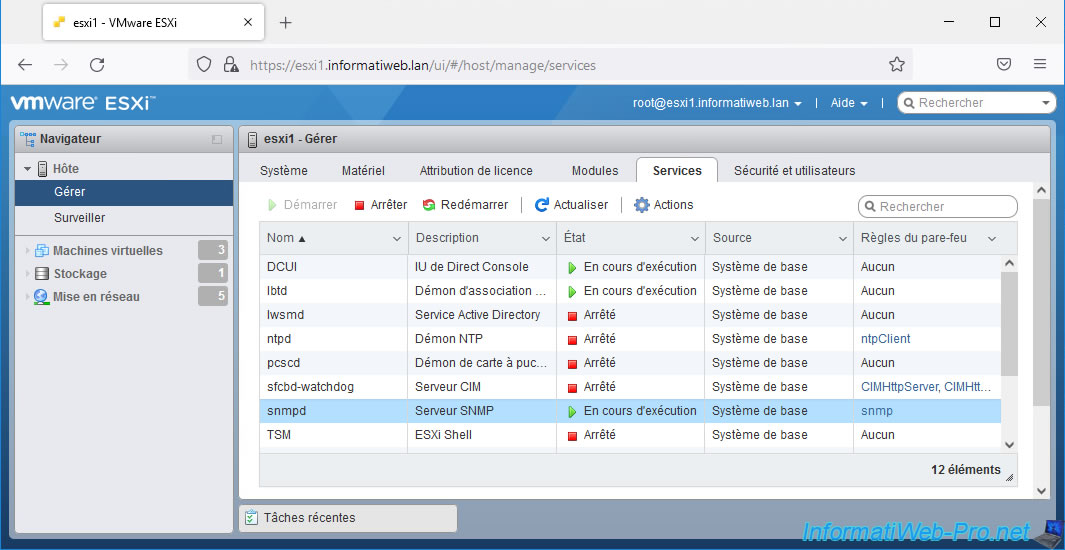
Don't forget to also configure the SNMP service of your other VMware ESXi hosts linked to your VMware vCenter Server Appliance (VCSA).
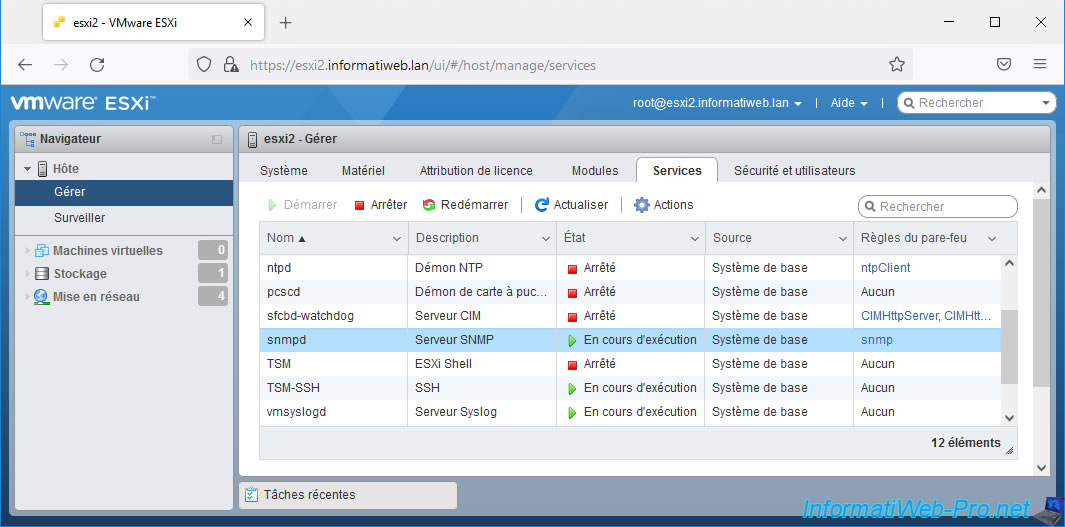
4. Install ManageEngine OpManager
Now that the SNMP service on your VMware vCenter Server Appliance (VCSA) and VMware ESXi hosts is configured, you can install ManageEngine OpManager on the Windows Server server that you have previously authorized.
To do this, launch the downloaded file and you will see this appear.
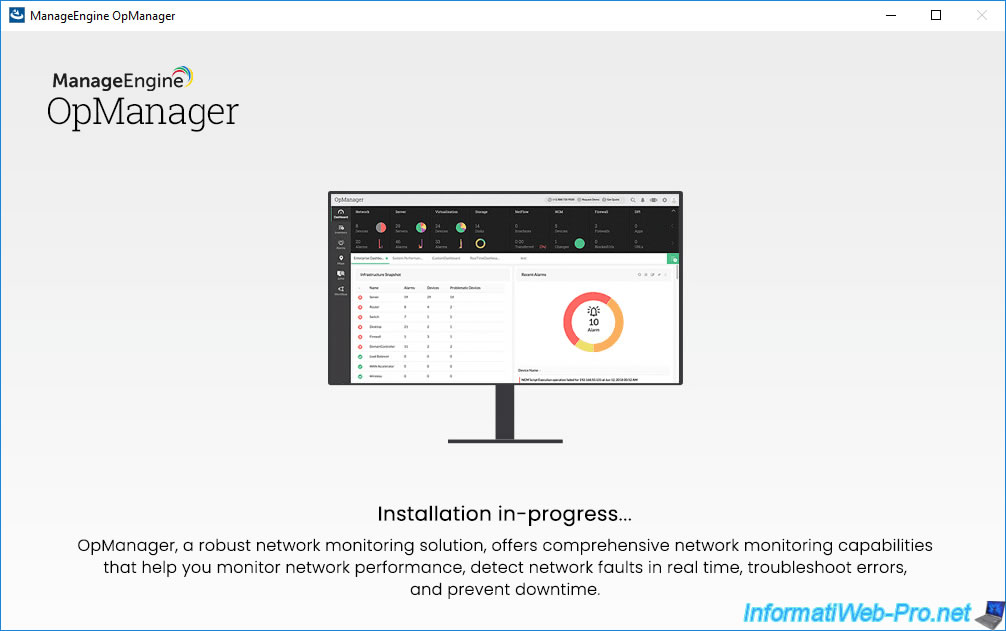
Then the installer will appear.
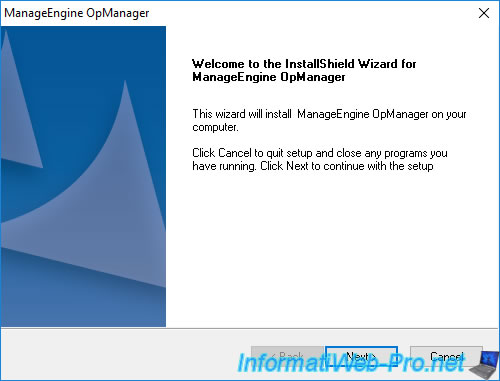
Accept the license agreement.
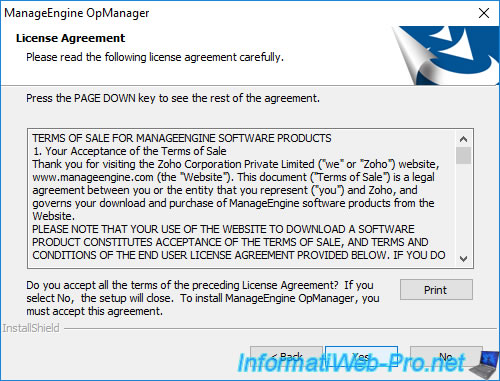
Leave the default installation folder.
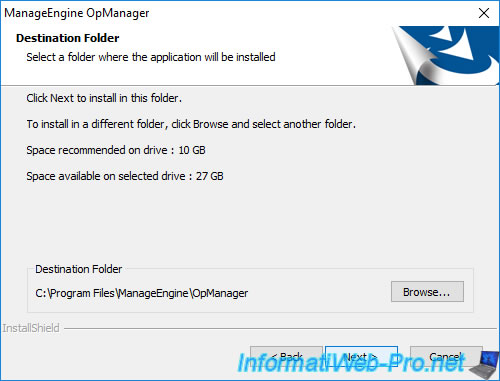
By default, the web server (web client) will use port 8060.
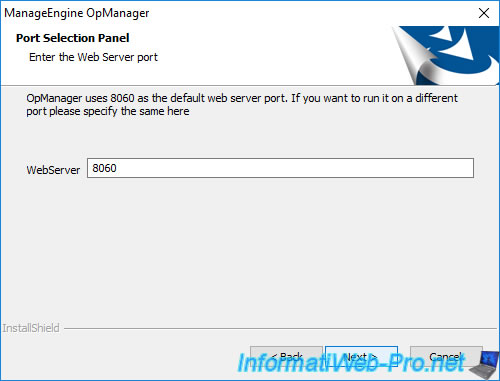
Skip the optional technical support registration form by clicking Skip.
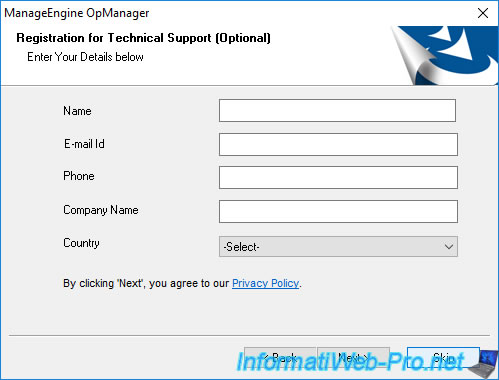
Wait while ManageEngine OpManager installs.
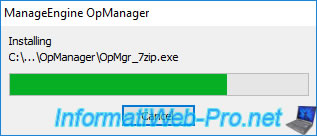
Wait while the files are extracted.

Then the message "Initializing database" will appear.

An assistant will ask you if you want to:
- POSTGRESQL (Bundled with the Product): use a POSTGRESQL database provided with this program.
- MSSQL (SQL Server version 2008 & above): store the SQL database on an existing Microsoft SQL Server 2008 or later.
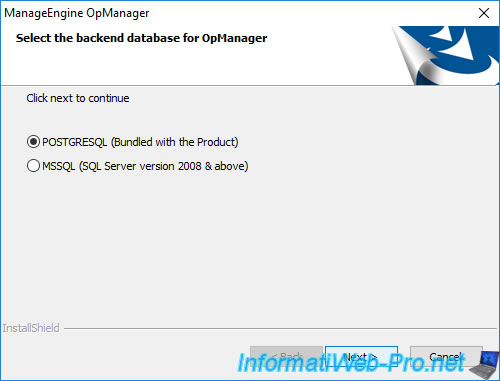
At the end of the ManageEngine OpManager installation wizard, uncheck the "View Readme" box and click Finish.
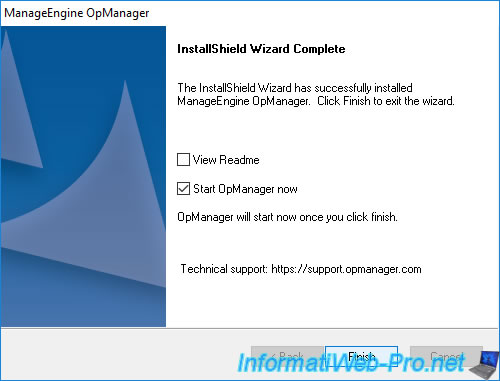
Wait while OpManager starts.

A "ManageEngine OpManager" web page will appear for a few seconds.
Plain Text
The OpManager web client will be available soon at http://me-opmanager:8060. ManageEngine OpManager - Initializing modules - Please Wait.
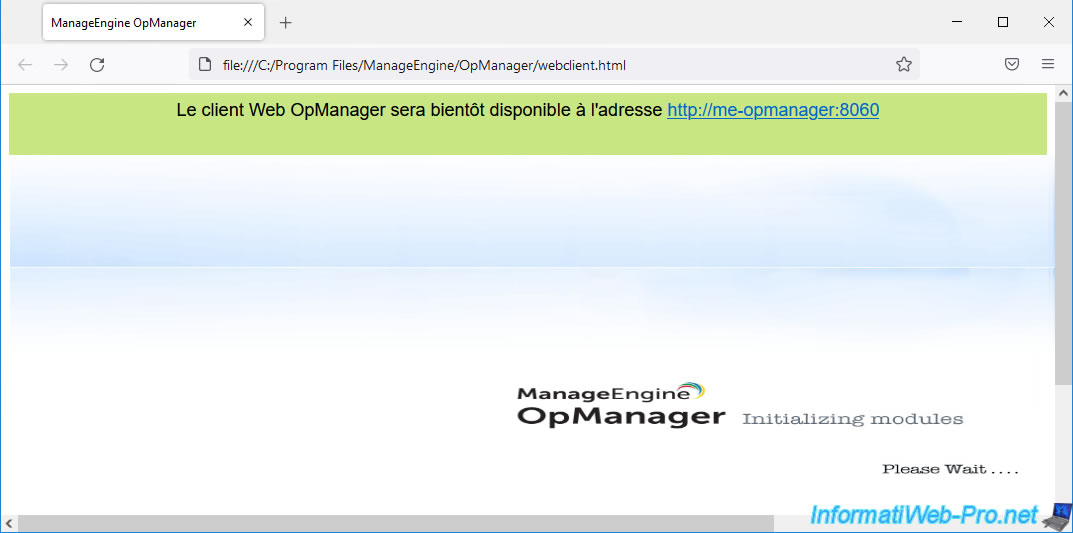
A little later, an "OpManager" login page will appear and tell you that the default credentials are: admin / admin.
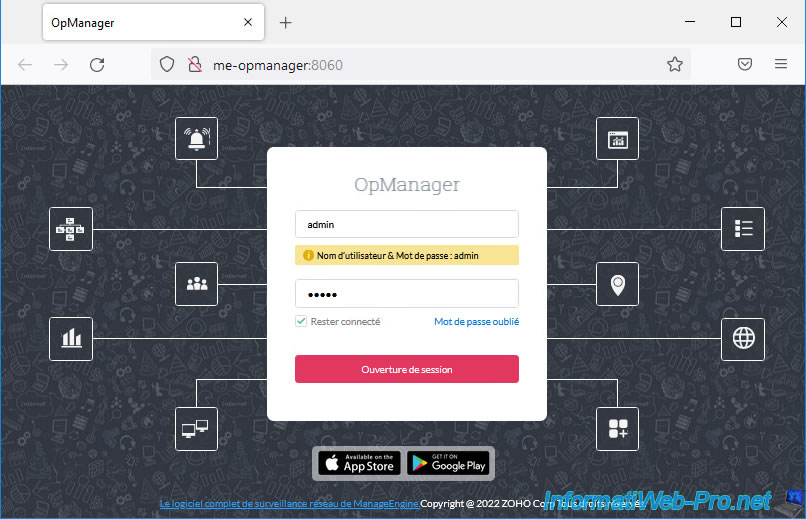
Share this tutorial
To see also
-
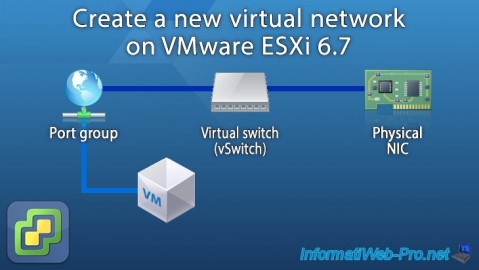
VMware 2/24/2023
VMware ESXi 6.7 - Create a new virtual network
-
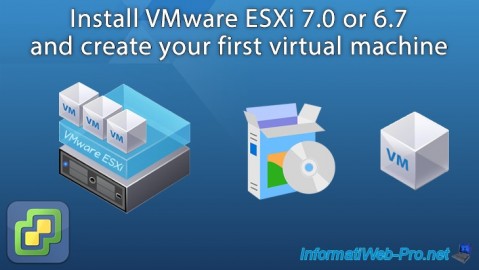
VMware 5/30/2022
VMware ESXi 7.0 / 6.7 - Install VMware ESXi and create your first VM
-
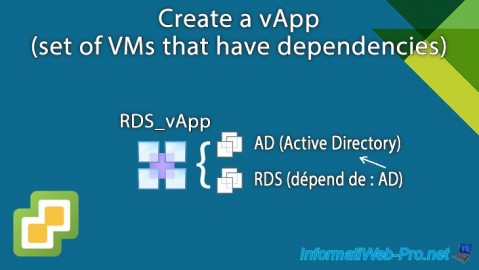
VMware 12/13/2024
VMware vSphere 6.7 - Create a vApp
-
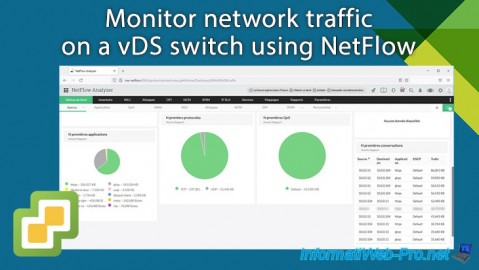
VMware 1/29/2025
VMware vSphere 6.7 - Monitor network traffic via NetFlow

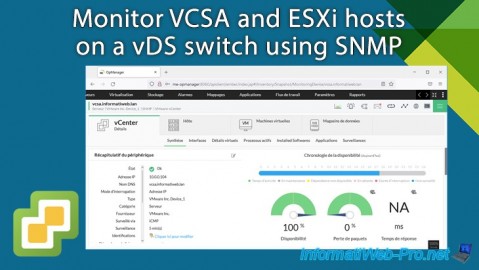
You must be logged in to post a comment